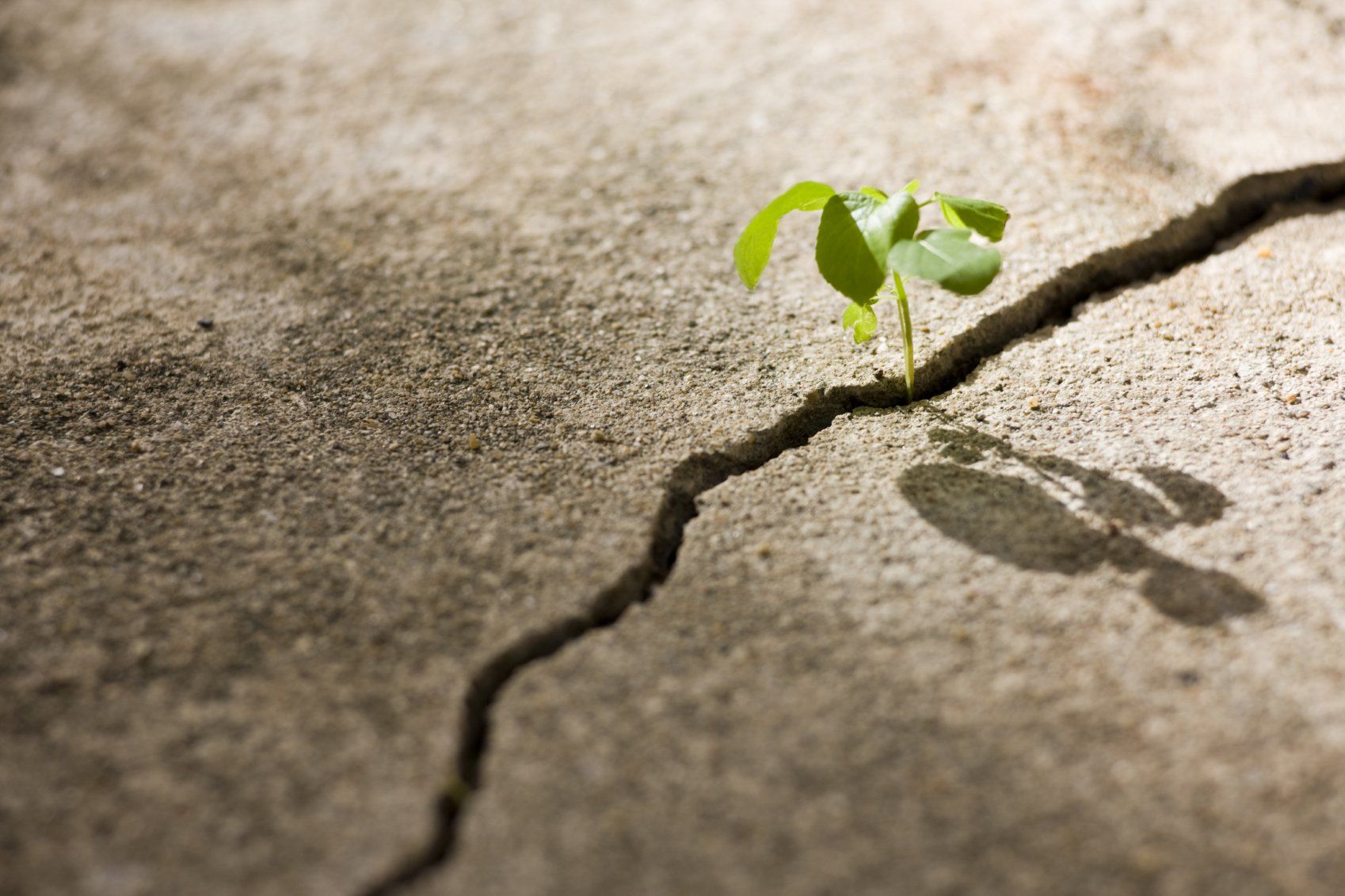Blue Energy Chad Project
The Blue Energy Chad project.
There is broad agreement that it is preferable to improve the situation on site and to help people helping themselves. A lot has been achieved. Much more has to be done.
Problem
The parastatal Chad Water and Electric Society (STEE) provides power for 15% of the capital's citizens and covers only 1.5% of the national population.
Development of energy-intensive technology is blocked and most Chadians burn biomass fuels such as wood and animal manure for power, leaving a bad CO² footprint.
The world population is growing rapidly and more and more people are being born into a precarious life situation. They have to mainly concentrate on how to survive whereas the others lucky to be born into a wealthier environment feel restless facing this unjust gap.
Since a couple of years the issue of global warming has been added to the discussion: The limits of our earth seem to be reached. Everyone leaves a CO² footprint and is bearing responsibility for the situation of people living in other regions of the world and even for future generations.
Solution
We use solar energy where it is plenty available: In Chad.
The solar power plant provides a means of collecting renewable solar energy.
The complex will profit from a very high number of hours of sunshine per day in Chad.
The project contributes to combatting global warming and strenghtens local sustainable development.
Finally, the agricultural zone with its cultivation of high-quality products will extend over an area of 600 hectares.
The composting techniques from the surrounding biomass will enable intensive ecological cultivation of products such as garlic, onions and other fruits and vegetables.
Objective
The objective of Blue Energy Chad is to promote Chad's development in areas considered as basic economic growth levers, such as alternative energies used in health, agriculture, drinking water supply and wastewater treatment, and sanitation.
The needs and conditions for implementation will be analyzed, scientific and technical data will be collected and disseminated, and the transfer of skills in line with the Sustainable Development Goals (SDGs) will be ensured by 2030.






